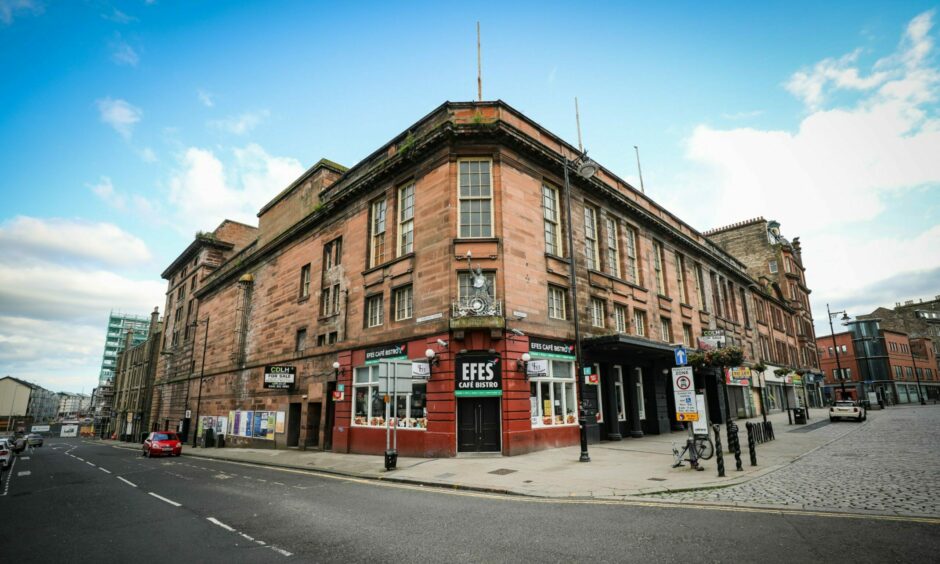
The King’s Theatre was once the beating heart of Dundee’s entertainment sector.
The Cowgate venue played a key role in the life of the city and continued to put on plays for soldiers and their families during the Second World War.
Despite its closure as a theatre in the early ’60s, much of the original auditorium remains and could be restored.
As the only surviving theatre in Dundee capable of hosting large touring productions, the King’s Theatre Trust believes its renovation would create a great asset for the city.
The trust has been campaigning to purchase and restore the theatre since 2021.
While its work is ongoing, we’ve opened our archives for a look back at this magnificent theatre in the heart of Dundee.
The King’s Theatre
The King’s Theatre & Hippodrome Company Ltd was founded in 1908 and its local shareholders had big plans to build a theatre in the heart of the city.
They hired Frank Thomson and his brother, Henry, to design the new theatre.
Heavily influenced by their father’s work, the two men designed the sandstone building that would live at the heart of the Cowgate.
The original founding company faced financial difficulties and Dundee Theatre Ltd was formed in its place.
It was under this new ownership that plans for the lavish interiors were completed.
Spacious front-of-house areas lined in mahogany and teak wood would provide a warm welcome to its patrons.
The Edwardian decorative panels in the auditorium were a particularly successful design feature.
The King’s also featured Baroque and Rococo-style plasterwork, a fine saucer-domed ceiling with frescoes and a marble proscenium frame.
It was London artist F De Jong who brought the designs to life, and painted several allegorical frescoes in the dome of the building.
A bar, The Bodega, was also built as part of the development.
The Bodega had its own street entrance and a function room upstairs.
Initially, this function room was intended to serve as a Hippodrome music-hall.
In later years, it would become the Continental Ballroom and Restaurant.
‘The House of Vaudeville’
The finished theatre opened in 1909 and held a variety and drama licence.
Its opulent interior with three levels of seating – stalls, dress circle and a balcony – provided capacity for 2,500 people.
In its early years, the theatre advertised itself as “The House of Vaudeville” and was initially run by musician Alfred Moule.
The composer and critic had previously run the Alhambra Theatre in London.
He later became chairman of United County Theatres Ltd, which also purchased Dundee’s Palace Theatre and the Gaiety Theatre.
In the early 1920s, the theatre’s programme consisted of variety acts, circus performances, and concerts.
It also held revues, plays, and musicals, and several touring productions by the British National Opera Company.
Its pantomimes included early productions by Harry McKelvie – who would later become the creator of each year’s longest-running pantomime in the UK, and the owner of the Princess Theatre in Glasgow.
K is for the Kings Theatre & Hippodrome.
This is the projector from the Kings, taken in July 1993.#ArchiveZ #Archives #Dundee pic.twitter.com/LSVQK7J338
— Dundee City Archives (@DundeeArchives) July 26, 2020
In 1928 the theatre was sold to the national Provincial Cinematograph Theatres Company and they announced that the premises would be converted into a cinema.
The city went into mourning when its conversion was announced.
In August 1928 the theatre held a farewell event where several speeches were given by popular stars of the stage, including actor Seymour Hicks who had recently put on a performance at the theatre with his company.
Mr Hicks gave a speech to the packed house, thanking them for their recent support and condemning the theatre’s closure.
He said: “A great city like Dundee without a theatre is a joke.
“A great city without drama – the thing is unthinkable.
“Unthinkable.”
The theatre’s manager, Mr R G Walker, thanked those who had helped him make the theatre a success.
Having been there for more than 10 years, he thanked everyone who had attended the theatre and hoped their support would continue when the new company took over.
After he had spoken, the orchestra began to play a rendition of Auld Lang Syne and the audience joined in and sang along.
The theatre was closed for a couple of weeks while the changes were made, and it reopened with a number of alterations.
The balcony had been closed off and the venue’s capacity had decreased to 1,458.
A Wurlitzer organ was installed in the pit and alterations were made to the stage which would allow a screen to be hung.
The stage continued to be used for occasional live performances and, in January 1933, the King’s hosted a touring production of Jack & The Beanstalk produced by Robert Courtneidge.
Starring Dundonian actor Will Fyffe, Dundee was chosen as the only Scottish venue in its run.
The Garrison
The King’s cinema productions halted during the Second World War but it continued to operate as the Garrison Theatre.
As the Garrison, it staged more than 200 variety shows, revues and concerts for uniformed personnel and their guests.
At the end of the war, it reverted back to its original name and continued to host occasional productions.
In 1950 the theatre was renamed as the Gaumont, after its new owners.
Later, in 1955, Gaumont commissioned theatre and cinema architect Lennox Paterson to design further changes.
Paterson’s designs removed the balcony from the auditorium and introduced a false ceiling to support a new, modern widescreen.
The Gaumont operated solely as a cinema from 1961.
From 1973 to 1981, the building was renamed and became an Odeon, but it wasn’t to last.
The building became a bingo hall in 1983 and remained thus until it opened as Deja Vu in 2000.
While it experienced some success as the popular nightclub, the business closed in the late 2000s and the venue has remained empty ever since.
Now abandoned, Historic Environment Scotland discovered the roof was leaking in 2016.
It was subsequently placed on the Buildings At Risk register that same year.
Should the King's Theatre make a comeback to Dundee? #KingsTheatre #Dundee pic.twitter.com/kqM0GYHTmj
— Dundee Culture (@DundeeCulture) October 25, 2017
Various community groups have campaigned to bring the King’s back into theatre use in recent years.
The building’s site remains under the ownership of various parties.
In 2018 the auditorium, stage house, and nightclub space were bought by real estate company Sava Estates Limited for around £240,000.
Then, in December 2019, The Small Town Club (TSTC) took over operation of the main space and announced a performance programme at the King’s.
The Small Town Club hoped to make the King’s a community-led art and performance space and return the building to its former glory.
However, its plans and performances were postponed by the pandemic.
It has remained empty ever since.
Find out more about the campaign to reopen the Kings Theatre Dundee https://t.co/XwEFyCQlJZ, and do please spread the word, the campaign needs support #theatresatrisk
— Theatres Trust (@TheatresTrust) April 17, 2018
As of 2021, the King’s Theatre Trust has been in talks with the owner, in the hope that the building will be restored.
The trust’s plans for the building include renovating the adjoining Continental Ballroom for added retail, bar, and restaurant facilities.
Discussions are ongoing.
Already classed as a moderate risk on the register, hopefully this link to Dundee’s theatre trade can be saved before it’s too late.
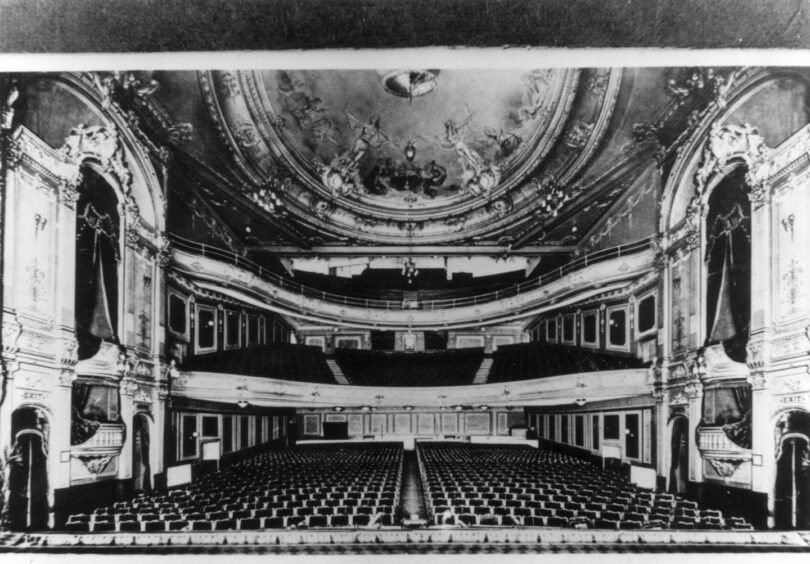
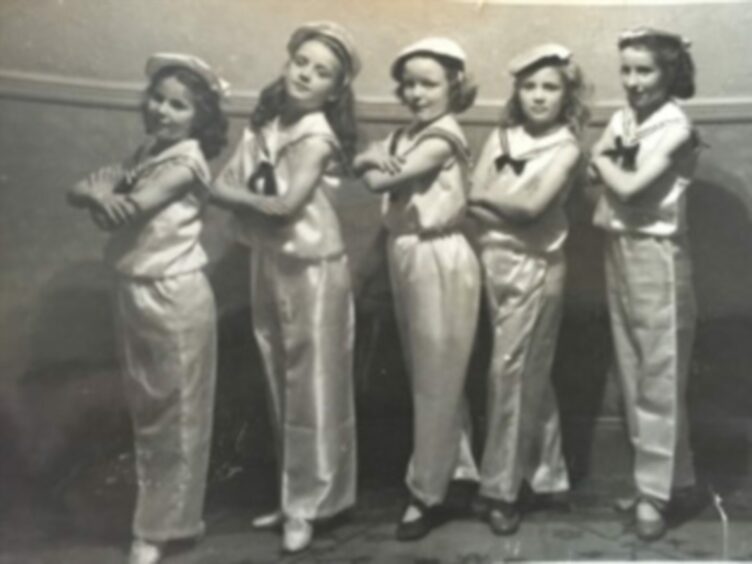
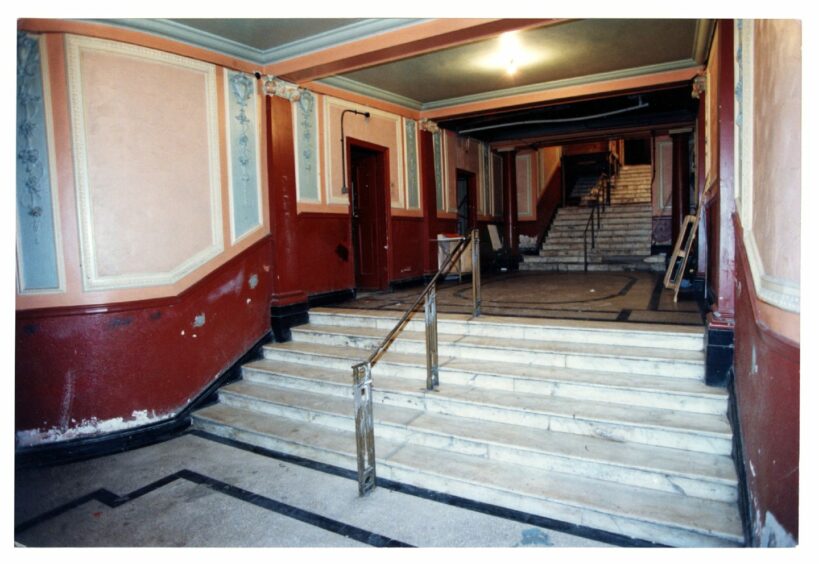
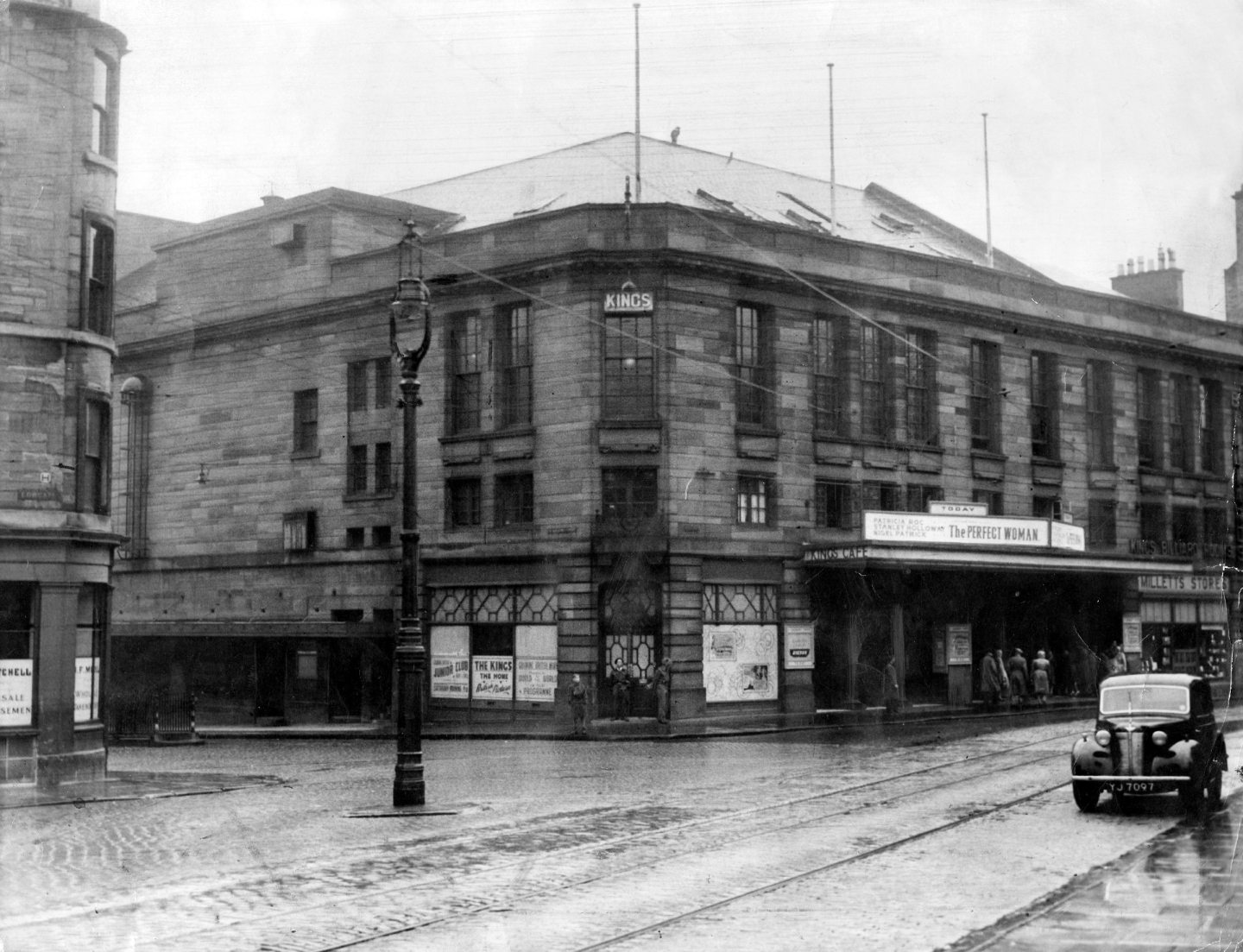
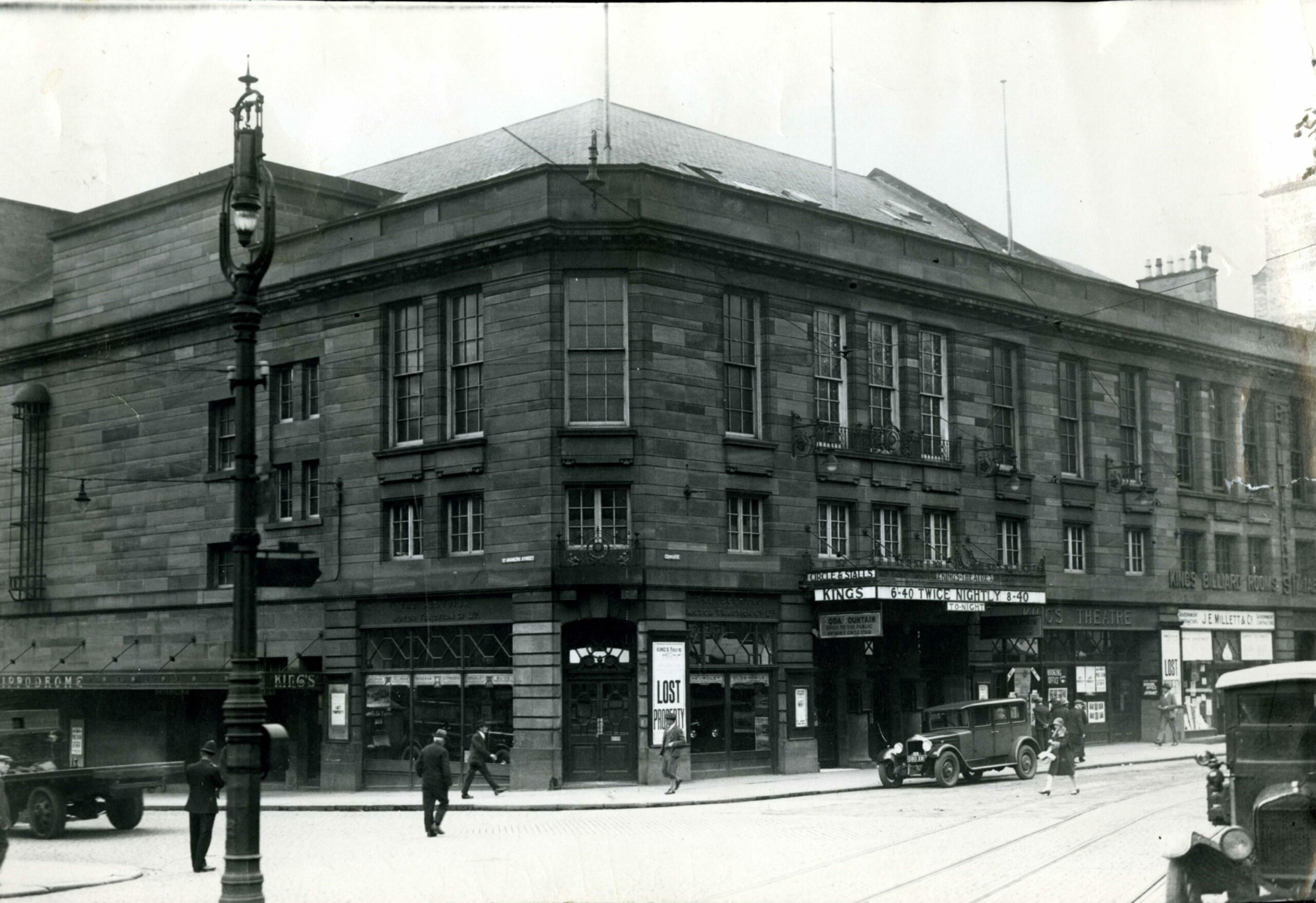
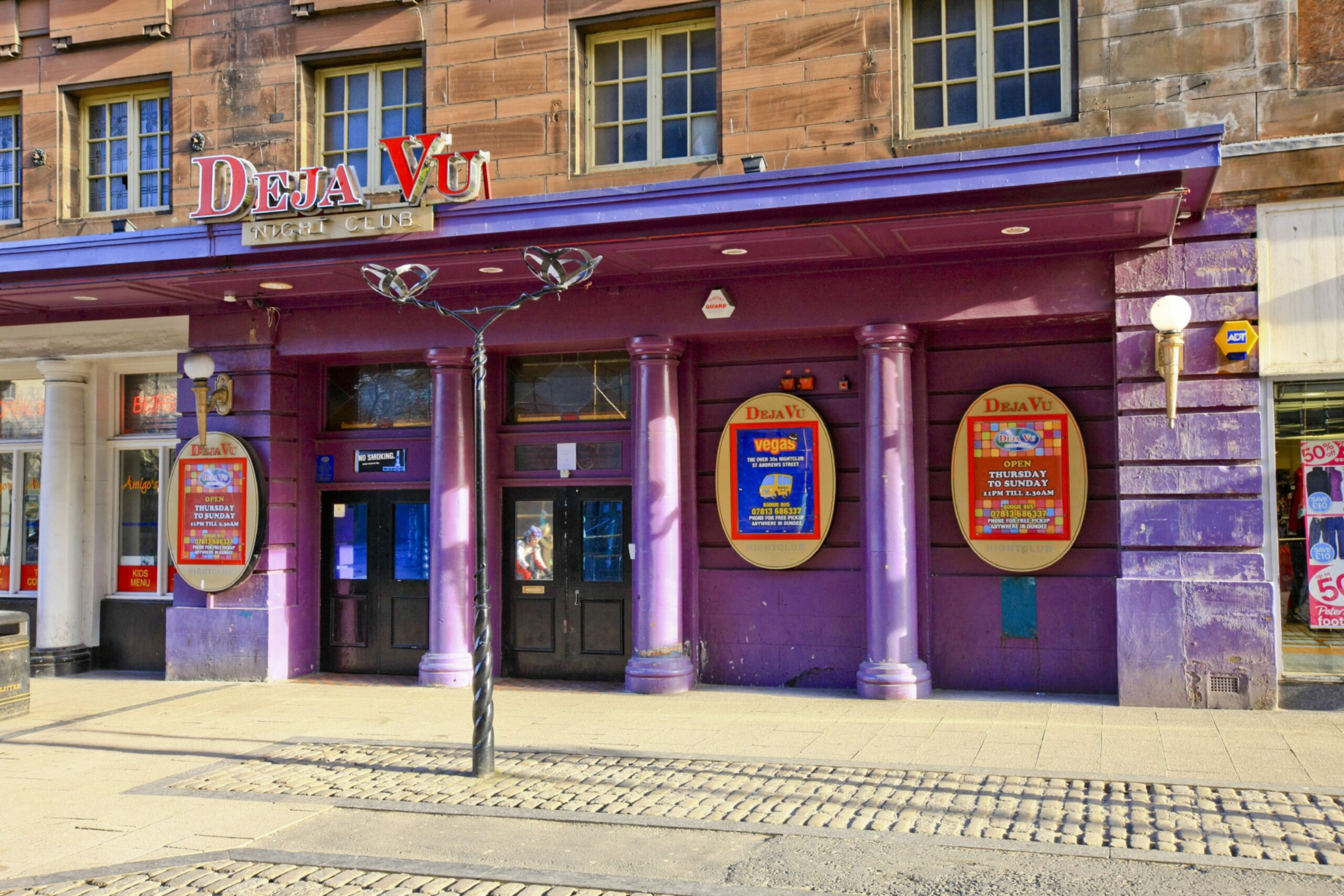










Conversation